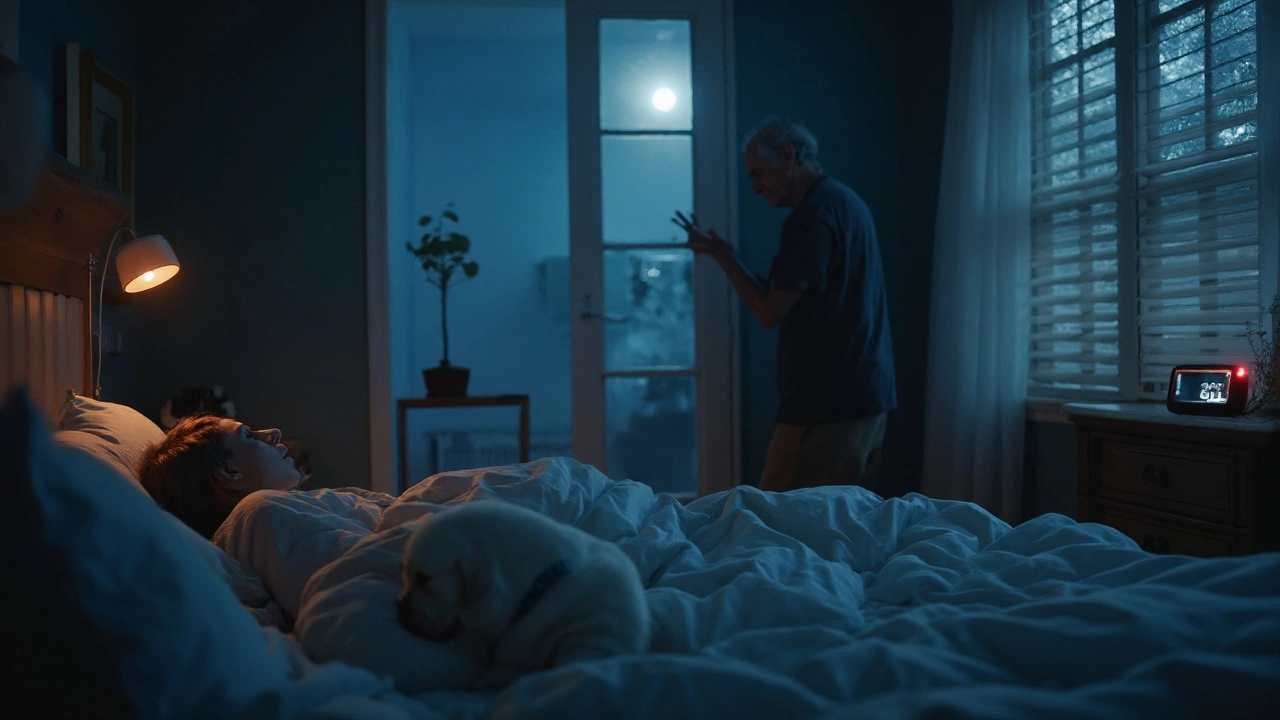Anxiety in Men: What Triggers It and How to Manage It
If you’re a guy who feels constantly on edge, you’re not alone. Anxiety can hit anyone, but men often notice it differently than women. Hormones, work pressure, and social expectations can all push stress over the limit. The good news? There are clear, everyday ways to bring the worry down.
Common Triggers and Symptoms
Typical triggers include job insecurity, relationship worries, financial strain, and health concerns. Even things like a lack of sleep or too much caffeine can spark a panic response. Men often describe the feeling as "tightness" in the chest, a racing heart, or a sudden urge to "just shut down".
Physical signs are easy to spot: sweaty palms, shaky hands, or a stomach that feels like it’s doing somersaults. Mentally, you might notice racing thoughts, irritability, or trouble concentrating on simple tasks. Recognizing these clues early can stop a full‑blown anxiety episode before it wrecks your day.
Effective Ways to Reduce Anxiety
Start with breathing. A simple 4‑7‑8 technique (inhale 4 seconds, hold 7, exhale 8) lowers heart rate within a minute. Pair it with a short walk—nature, fresh air, and light movement reset the nervous system fast.
Eating right also matters. Foods rich in omega‑3s, like salmon or walnuts, support brain health. Cut back on sugar and caffeine; they feed the stress response. Staying hydrated and getting 7‑9 hours of sleep each night builds a solid base for calm.
When thoughts spiral, write them down. A quick journal entry—what’s bothering you, how it feels, and one small step you can take—creates distance from the worry. It’s a proven trick to stop rumination and regain control.
Physical activity isn’t just for muscles. A 20‑minute jog, bike ride, or even a quick set of push‑ups releases endorphins, the body’s natural mood boosters. If you’re short on time, high‑intensity interval training (HIIT) can be done in a few minutes and still cut anxiety levels.
Social support works wonders. Talk to a friend, family member, or a trusted coworker about what’s on your mind. Men sometimes shy away from sharing, but a short conversation can lighten the emotional load and give you a fresh perspective.
If self‑help isn’t enough, consider professional help. Cognitive‑behavioral therapy (CBT) teaches practical skills to reframe negative thoughts. A therapist can also guide you through exposure exercises that gradually reduce fear.
Medication can be an option too, especially if anxiety interferes with daily life. SSRIs or short‑term benzodiazepines are common choices, but they should always be prescribed after a thorough medical review.
Know the red flags that need urgent attention: intense chest pain, thoughts of self‑harm, or an inability to function at work or home. In those cases, call emergency services or go to the nearest emergency department.
Putting these steps together forms a simple checklist you can refer to anytime anxiety creeps up:
- Do the 4‑7‑8 breath.
- Take a 5‑minute walk outside.
- Drink water and eat a balanced snack.
- Write down the worry and one action.
- Reach out to someone you trust.
Remember, anxiety is a signal, not a flaw. By spotting triggers early and using these practical tools, you can keep the worry in check and focus on what matters most in your life.
BPH Symptoms and Mental Health: What Urinary Problems Do to Your Wellbeing
- Cheryl Moran
- September 15, 2025
- 20 Comments
How urinary symptoms from BPH affect mood, sleep, and quality of life-plus practical steps, NHS pathways, risks, and evidence-backed tips to feel better.
read more